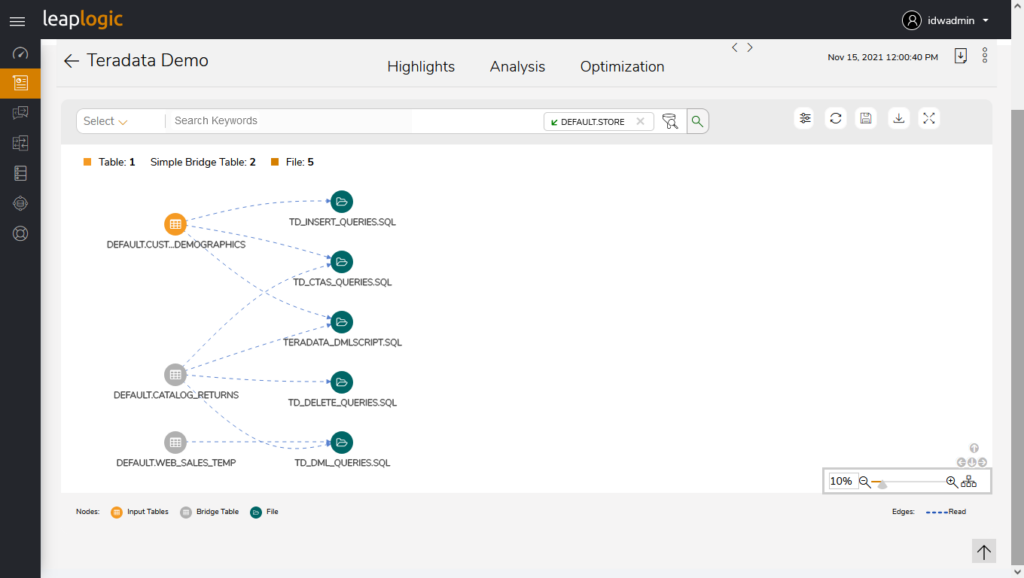To implement trust-based governance, enterprises should acknowledge the different lineage and curation of assets. – Gartner
A comprehensive, end-to-end data and process lineage is quintessential for effectively planning the migration of legacy workloads to the Databricks Lakehouse. Lineage helps visualize complex interdependencies between all the workloads in a simplified and intelligible manner. For example, data lineage helps identify the complete chain of input and reference tables that are used to populate the output tables. Additionally, process lineage shows the linkages between scripts, procedures, jobs, and any other piece of code calling/using certain scripts, etc. This blog takes a closer look at why lineage plays a critical role in the modernization of ETL, data warehouse, and analytics systems to the Databricks Lakehouse.













